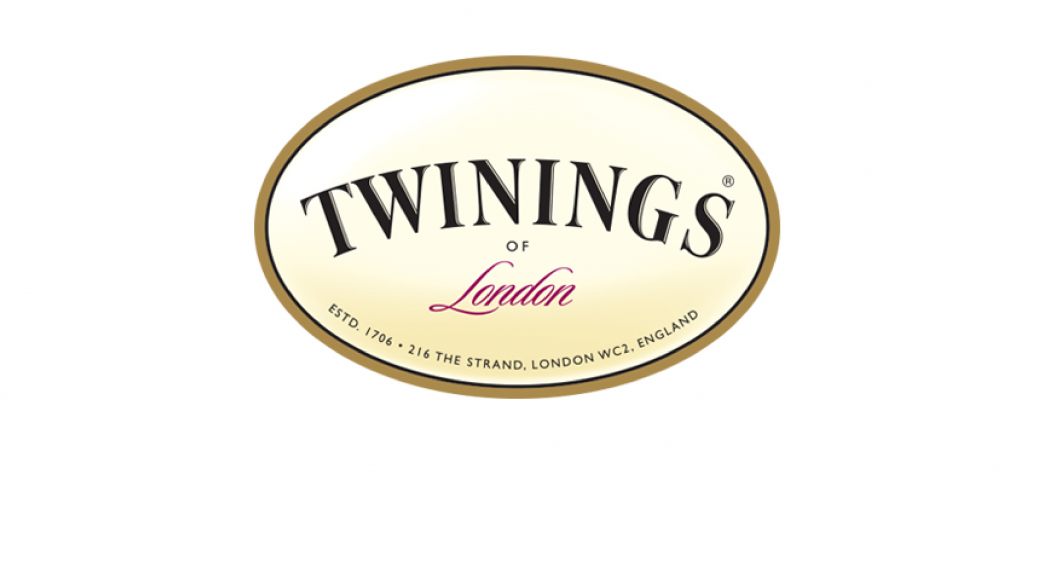Writers: Ken Thompson, Eline De Jong
Editors: Seth Cordes, Matthew Bigman
“Realistic simulation is a powerful approach to building capability. The business simulation developed [by Dashboard Simulations and Lane4] gave [Twinings staff] an experience that called for them to develop and deploy competitive strateg[ies]. People learned a lot from the experience, and because [the experience] is their [own], the transfer to the workplace was easy. The same business simulation could be used over and over again with different groups within the company so the return on investment has been exceptionally good.”―Simon Brocket, International Human Resources Director, Twinings
The Goal
Twinings is a leading global brand in the hot beverages market and offers a range of premium teas and malt beverages. In an effort to enhance the services offered to business partners, Simon Brocket, International Human Resources Director at Twinings, challenged Ken Thompson, of Dashboard Simulations, and Austin Swain, of Lane4, to design a business game that would help Twinings Human Resources (HR) staff understand the challenges of operating a country level business unit. The training sessions would be run over the course of a single day, and thus the insights had to be communicated in an engaging, authentic, and succinct manner. With that in mind, Ken and Austin chose System Dynamics to the power the simulator.
The Challenges
Historically Twinings business units are confronted with several challenges. In a series of interviews and workshops Ken and Austin worked with Simon and other Twinings subject matter experts to document their mental models and identify the most important challenges. Seven were selected for the simulator:
- Price vs. demand
- Reacting to the market vs. bucking the market
- New customers vs. existing customers
- Value chain vs. organizational health
- Leading indicators vs. lagging indicators
- Your strategy vs the unexpected
- Me vs. us Working in an executive team
The Simulator
As business units address these challenges the decisions they make ultimately affect customer loyalty as measured by consumption. The System Dynamics model at the core of the simulator represents this using stocks and flows as shown in Figure 1 below:
 Figure 1: Model overview
Figure 1: Model overview
In this model, customers move from stock to stock via the blue flow arrows. As customers progress from left to right, they consume more products leading to higher revenues. At each stage consumers can also choose to leave, hence the goal of the game is to make decisions which:
- attract new customers, turn them into regular consumers and ultimately vocal fans
- prevent customers from moving to lower levels of consumption or switching to competing products altogether.
Diving In…
During the daylong session, HR staff were organized into groups representing country level business units. Twice during each simulated year, the teams were given the opportunity to review results and make decisions for the upcoming period. At the end of each year the business units would present their results, insights, and plans for the following year to a senior Twinings executive acting as Group CEO.
As the game progressed teams explored each of the seven challenges; identifying insights and highlighting new options and strategies. Here are a few of the challenges they experienced.
Leading Indicators vs. Lagging Indicators
As prior decisions played out in the model, several metrics were reported on the decision board shown in Figure 2 below.
 Figure 2: Decision board
Figure 2: Decision board
Leading non-financial indicators like growth rate and lagging financial resultswere identified and discussed. As a result, HR staff gained a personal understanding of the information country level business units have to assess progress and make decisions, and how those decisions can affect future results.
Your Strategy vs. the Unexpected
With the start of every round the facilitators would announce market updates such as “a key competitor has changed their prices,” or “There is a shortage of raw materials” and tweak the model accordingly. With this new information and the metrics from their individual decision boards the business units were then faced with the decision: “Do we keep to the original plan or adjust to the new market conditions?” Teams made their decisions independently and the simulation moved forward. As the results came in the teams learned if the decision was wise, they discussed insights and planned changes.
Me vs. Us ‐‐ Working in an Executive Team
Each business unit, as in the real world, was comprised of several members that formed an executive team for that region. Over the course of the daylong session, critical skills of leadership, communication, collaboration, and decision making under pressure were tested and improved and the concept of collective responsibility was deeply reinforced.
The Impact
To date, the game has been run for eighteen different groups at Twinings, with very positive feedback. Staff have come away with personal exposure to the challenges facing the business units they serve, resulting in strategies and insights to serve them better.
References:
More Information:
Business Game Design/Learning Design
“Informal Learning” by Jay Cross
“Game Frame: Using Games as a Strategy for Success” by Arron Dignan
“War gaming for Leaders” by Herman, Frost and Kurz
“A Theory of Fun for Game Design” by Raph Koster
“Reality is Broken” by Jane McGonigal
“The Art of Game Design” by Jesse Schell
“Uncertainty in Games” by Greg Costikyan
User Interface/Dashboard Design
“The Execution Premium” by Robert Kaplan and David Norton
“Balanced Scorecards and Operational Dashboards” by Ron Person
“Information Dashboard Design” by Stephen Few
“Information is Beautiful” by David McCandless
“Don’t Make Me Think!” by Steve Krug
Game Mathematics/Complexity Management
“Managing Information and Statistics“ by Roland and Francis Bee
“How to Measure Anything” by Douglas Hubbard
“Guesstimation: Solving the World’s Problems on the Back of a Cocktail Napkin” by Lawrence Weinstein and John Adam





